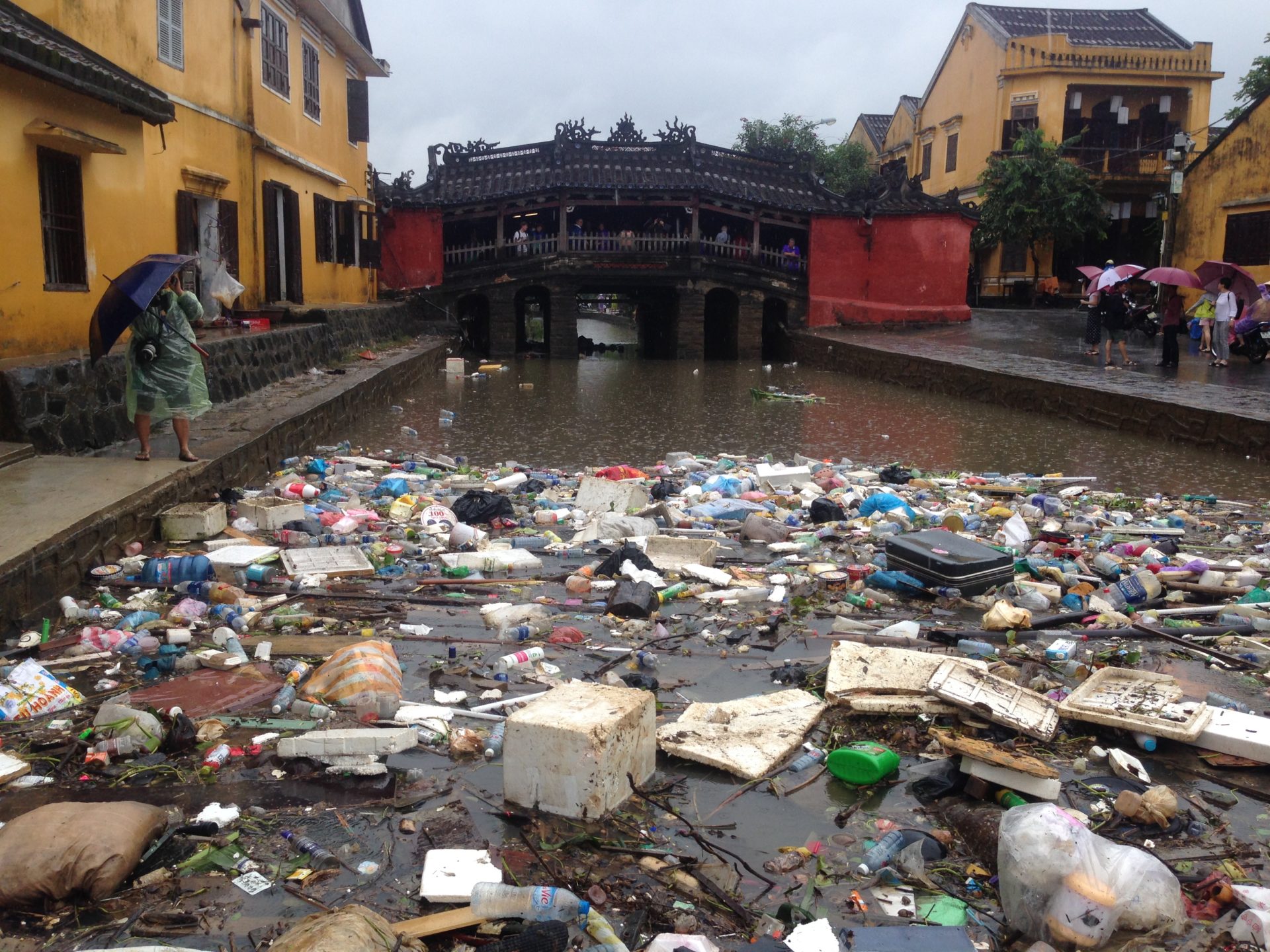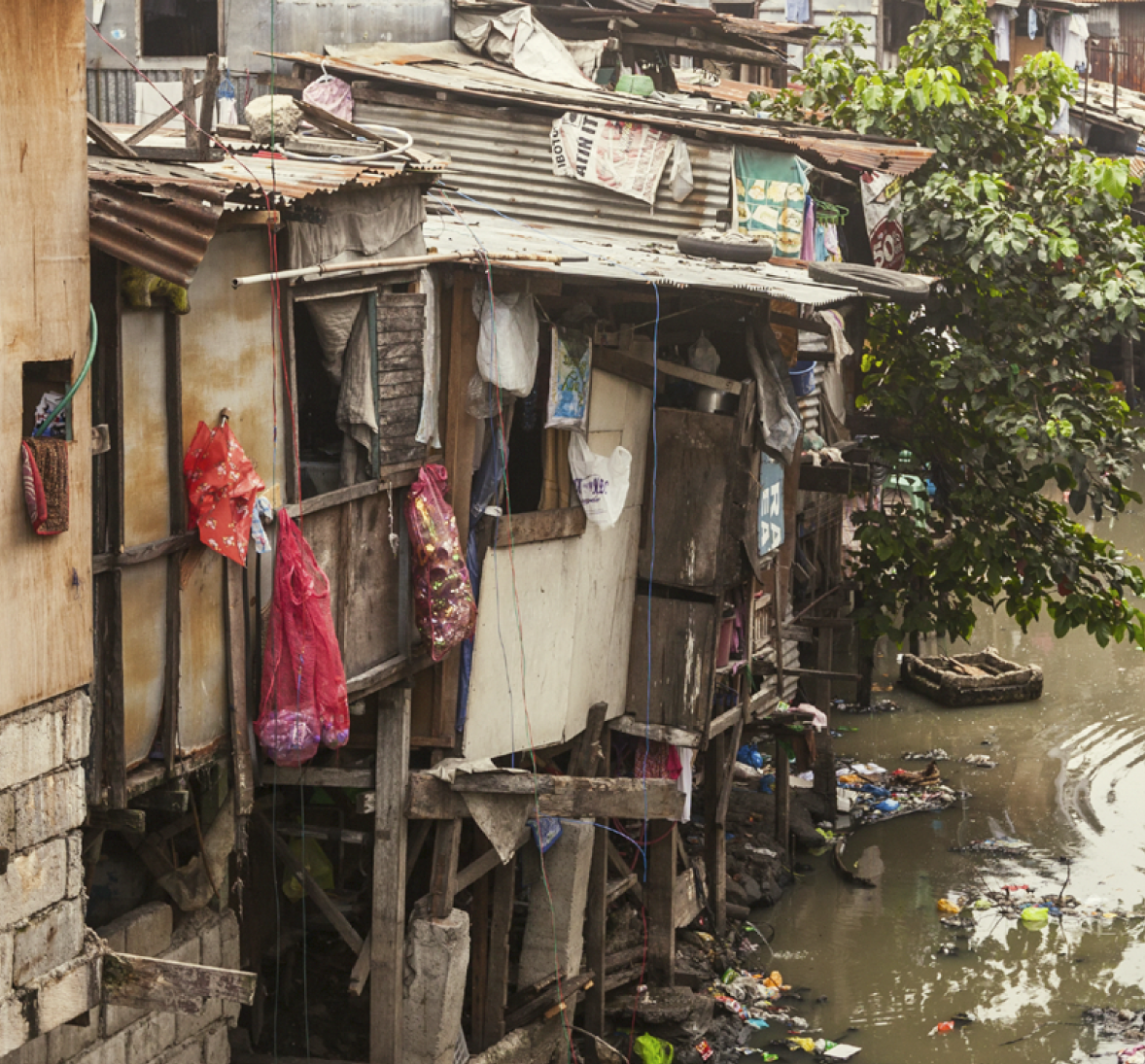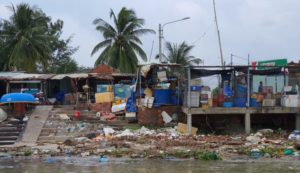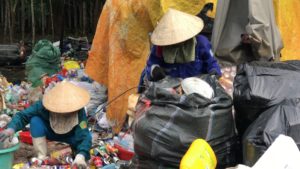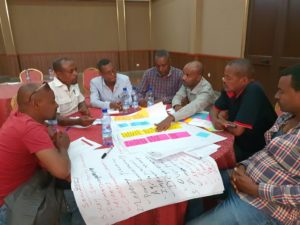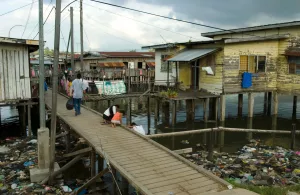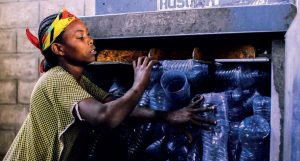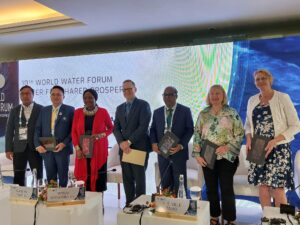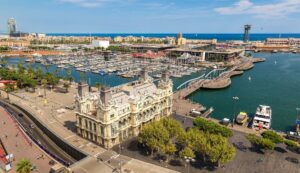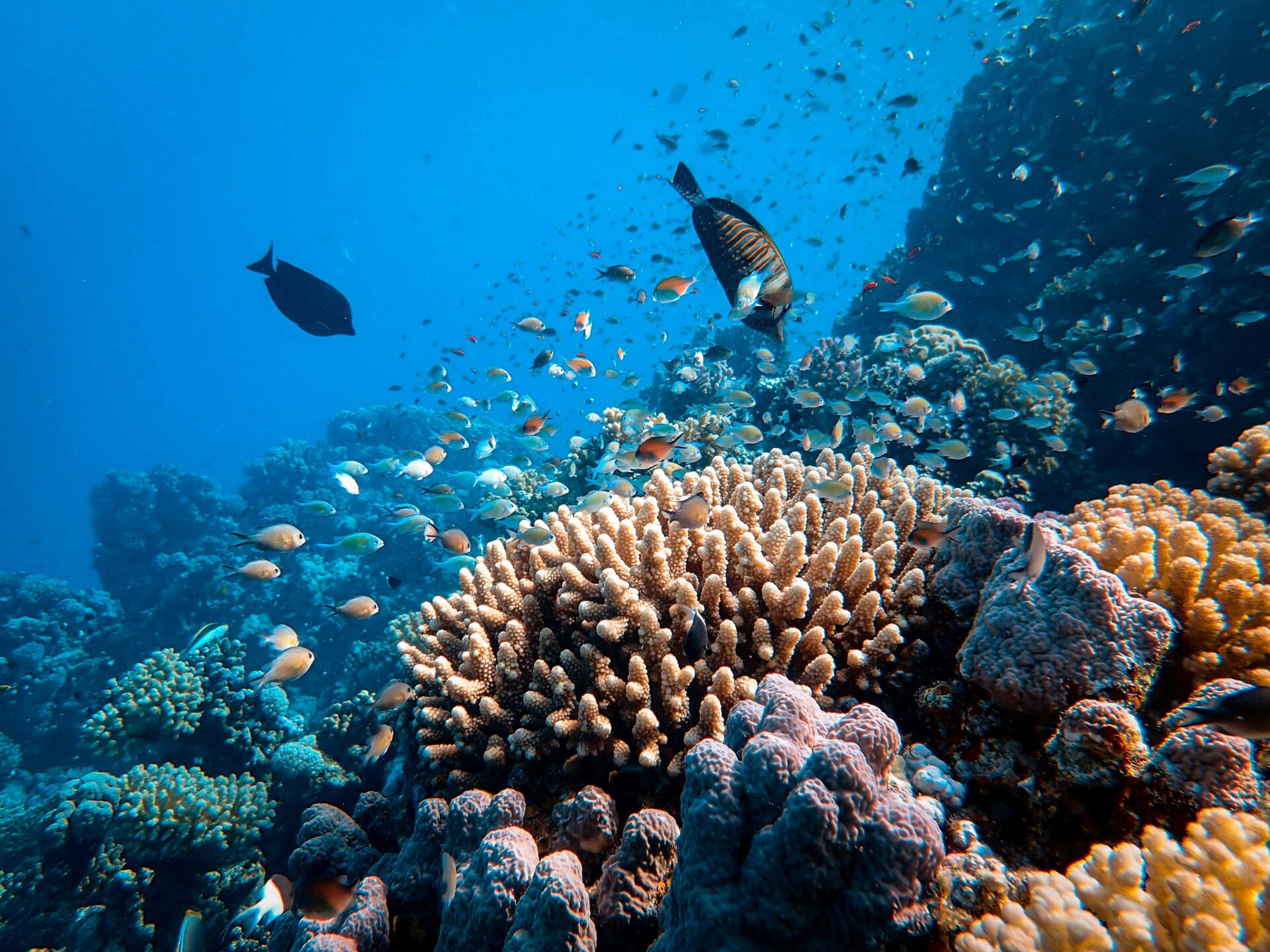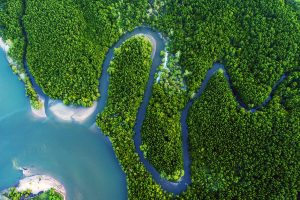The source-to-sea framework for Marine Litter Prevention takes a holistic view of the sources of and solutions to the problem of marine litter. It provides a framework for preventing marine litter based on the source-to-sea approach.
The source-to-sea framework for Marine Litter Prevention highlights the central role of the river basin in shaping the interventions needed to prevent plastic leakage. It brings together upstream and downstream parties to build a common understanding of the sources and impacts of marine litter and the actions needed to prevent it.
The framework establishes coordination across sectors that each have a contribution to make in getting control of plastic waste. In doing so, it also identifies the necessary behaviour changes – from an individual level to the global community – and establishes the conditions that will facilitate such change.
The source-to-sea approach
Addressing issues from the holistic perspective of the source-to-sea system and strengthening coordination between sectors is central to the source-to-sea approach. The aim is to identify appropriate courses of action to address alterations of key flows that connect the source-to-sea segments: water, biota, sediment, pollution, materials, and ecosystem services. Doing so results in economic, social, and environmental benefits
The approach begins with understanding the pressures and drivers that have led to alterations in the key flows. In combination with selecting an appropriate scale of intervention, engagement of stakeholders (both upstream and downstream) and a thorough understanding of the governance context sets the basis for defining a theory of change to guide planning and implementation. Monitoring and adaptive management round out the process and can be used to refine the theory of change and ensure continuous improvement toward long-term outcomes.
The framework
Building on a holistic view of how to tackle the problem of marine litter, the Source-to-Sea Framework for Marine Litter Prevention follows a six-step approach:
- Characterize the sources, types, behaviour and impacts of plastics in riverine and marine environments.
- Identify who is impacted by plastic pollution, both directly and indirectly, who contributes to plastic leakage and who can provide solutions.
- Diagnose how waste is managed /mismanaged and how the current governance framework is or is not preventing plastic from entering the riverine and marine environments.
- Describe the changes needed to prevent plastic leakage, e.g., governance, waste management services, infrastructure, behaviour change, design, production and use of plastic goods, etc.
- Develop interventions to prevent plastic leakage, at local to global scales and identify financing mechanisms for these interventions.
- Monitor the outcomes of the interventions, identify key uncertainties and gaps in knowledge that need to be addressed, disseminate learning globally and manage for progressive development.
